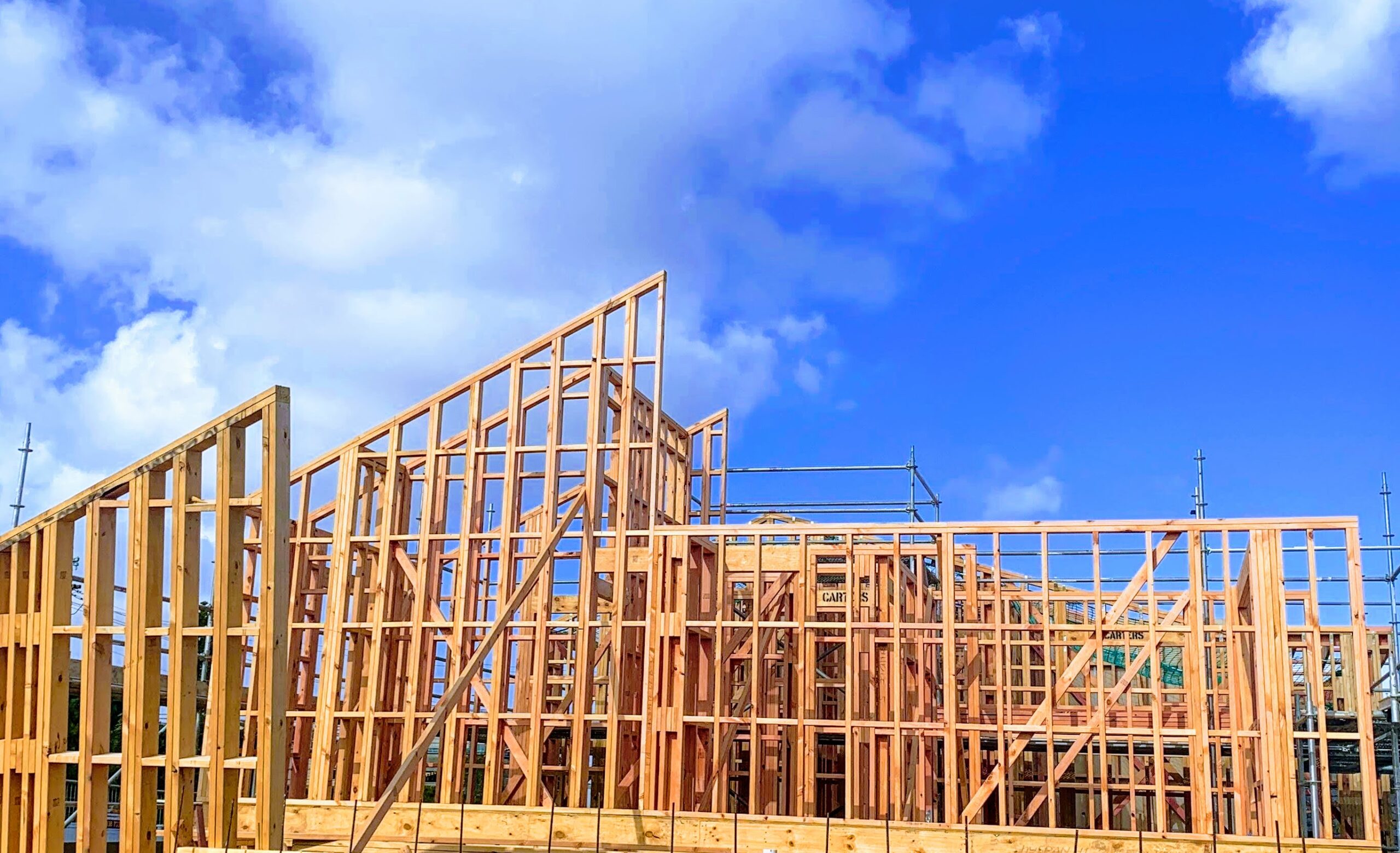Podcast: Play in new window | Download | Embed
More is not always better, especially regarding the amount of timber in the frame of a house. The more timber there is, the less space there is for insulation. The way this is measured is called timber fraction.

Most homes in Aotearoa are designed using the assumption that timber will make up around 14% – 18% of the area in a wall. A 2020 BRANZ research study found that in reality, the average timber fraction is closer to 40%. This means there is considerably less space available for insulation.
Unfortunately, this is not always picked up during the consenting or pre-lining inspection process. H1 Energy Efficiency calculations are checked at the design stage, usually using the much lower default timber fraction assumption. The result of all this is that many consumers are effectively getting less insulation than they’re paying for, and much more thermal bridging.
PlaceMakers has recently launched a new service providing a detailed report of the actual timber content for any wall frame and roof truss they supply. This accurate figure can then be used to provide true H1 calculations. Alternatively, a designer might choose to adapt their plan to reduce the thermal bridging and increase the amount of insulation.
National Technical Resource Manager, Pete Hammond explains how Framology works. We also discuss the option of using external insulating products like RigidRAP-XT from IBS to eliminate thermal bridges.

